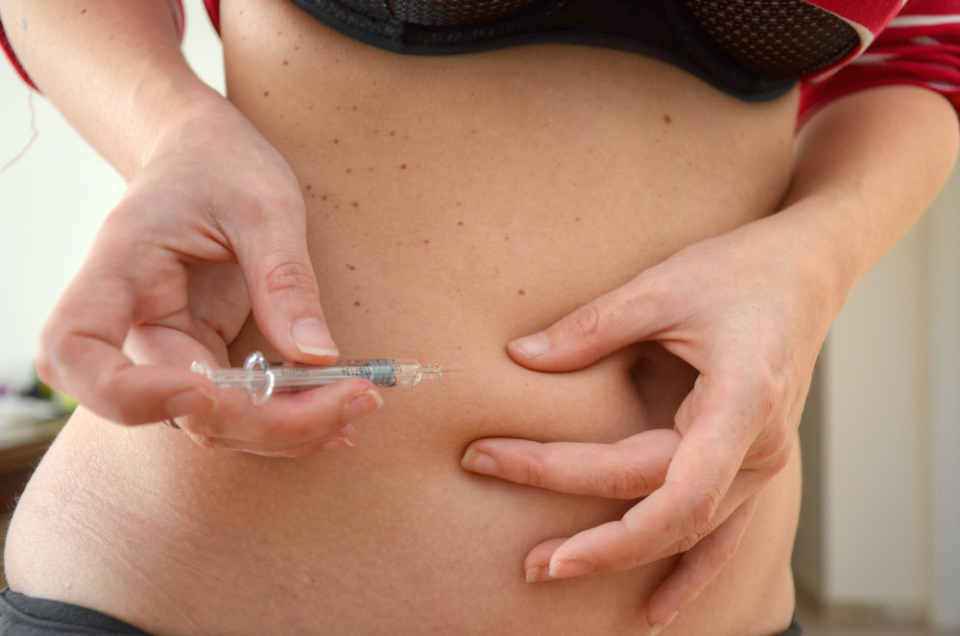How does IVF treatment work? ART is a group of different methods used to help infertile couples conceive a child. In IVF, mature eggs are collected from your ovaries and fertilized by sperm in a lab. One full cycle of IVF treatment usually means taking fertility medication and having a single retrieval at an IVF center, with fresh embryo transfer occurring shortly thereafter.
Ivf success rates in Noida, IVF treatment costs, how does IVF work, how long does it take and how much does it cost. Dr Garima Tyagi, the best IVF doctor in Noida, will discuss the best IVF treatment options for you based on several considerations: your age, the cause of your infertility (or other fertility issues), your previous treatment history along with a physical examination and blood tests. In most instances, IVF treatment involves ovarian stimulation followed by egg collection and IVF.
IVF treatment is an assisted reproductive technology (ART), a cutting-edge solution for many couples who are struggling with infertility. The procedure is used to assist with fertilization and is a laboratory procedure in which sperm and eggs are combined outside the body.
For IVF treatment, the eggs and sperm are collected, combined in a laboratory dish, and fertilization occurs. After two to five days, we place one or more embryos into your uterus. The rest will be cryopreserved for future cycles.
You will be required to take fertility drugs before the IVF treatment. These stimulate egg production. Your fertility doctor at our best IVF center in Noida will also retrieve these eggs as they’re produced. Simultaneously, your partner or a donor provides a semen sample. It’s a long process, but it starts with the stimulation of the ovaries. The first step is to inject the medication that stimulates your ovaries to produce as many follicles and eggs as possible. The eggs are surgically collected 34-38 hours after the final injection. After the embryos have developed, it is implanted into an IVF Center in the Noida uterus.
IVF stands for in vitro fertilisation. It is a process where an egg is fertilized by a sperm outside the body, in vitro. IVF involves a series of procedures used to help sperm fertilize an egg and help the fertilized egg implant in your uterus. In vitro fertilization (IVF) is a medical technique of fertilization. It is the procedure by which eggs are fertilized with sperm outside the body in a Petri dish or test tube. The most common form of IVF uses a two-step process: first, drugs are used to stimulate the woman’s ovaries to produce multiple eggs. Next, some or all of the eggs are harvested and fertilized with sperm in our laboratories. After several days, they’re implanted in the woman’s uterus.
The IVF procedure includes the following steps. Stimulation of the ovaries: During this stage, fertility drugs are used to stimulate the ovaries to produce multiple egg follicles. Retrieving the egg follicles: The fertility specialist uses an ultrasound scan to monitor the growth of egg follicles. When they are mature, they are harvested through a minor surgical procedure. As part of your assisted reproduction treatment, you will take hormones to prepare several eggs for fertilization. The eggs are removed from your body and mixed with sperm in the laboratory. Some eggs are then placed in one or more of your uterine cavities by a doctor (embryologist).

